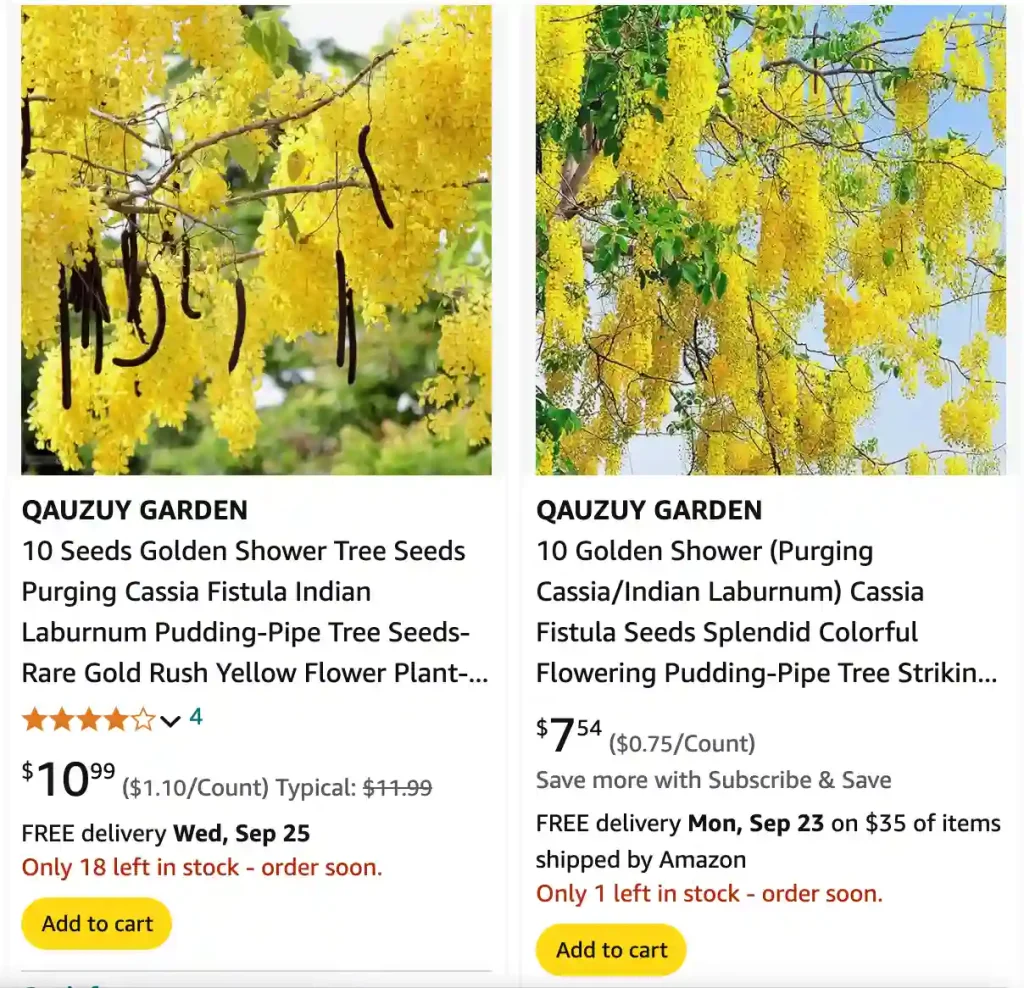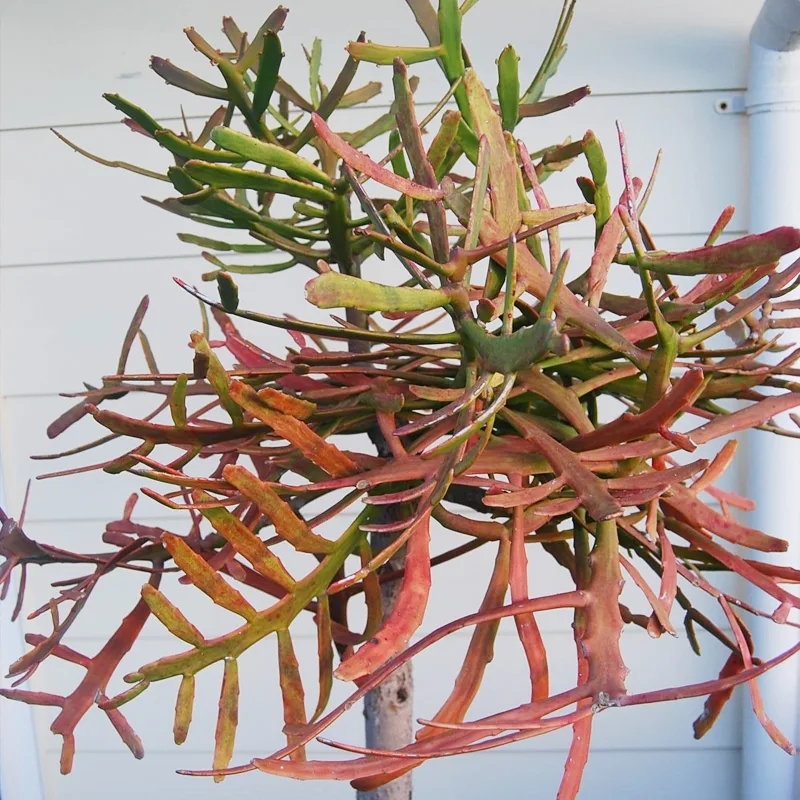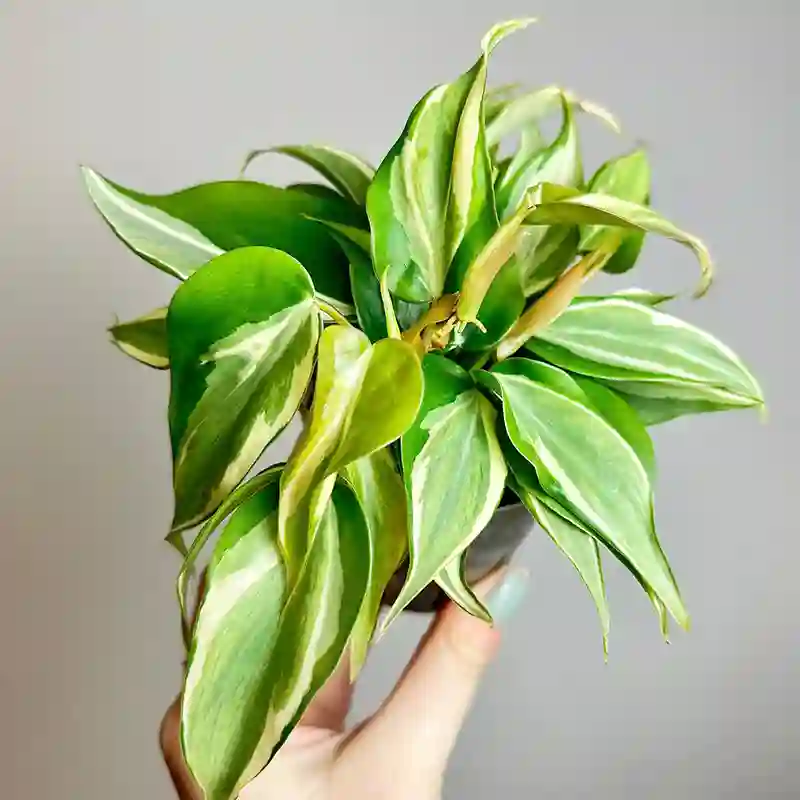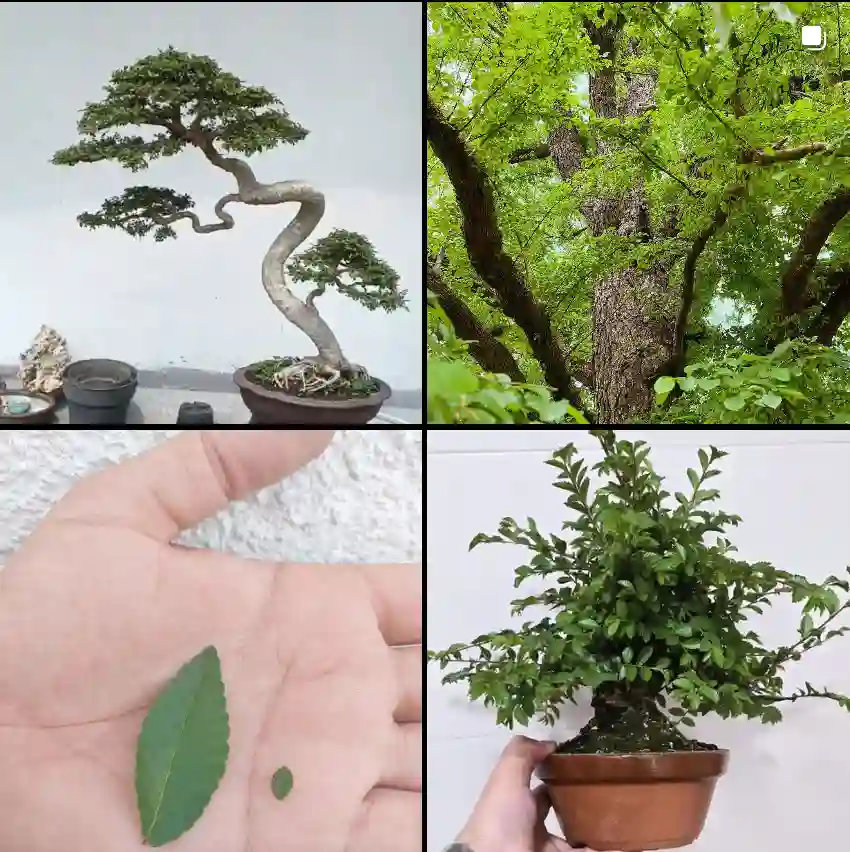
FAQs About Laburnum Anagyroides
Laburnum Anagyroides, commonly known as the Golden Chain tree, is a stunning ornamental tree that captivates with its cascading clusters of yellow flowers. Over the years, I’ve had the pleasure of growing and caring for this tree, and I’ve learned a lot about its nuances. Below, I’ll answer some common questions about Laburnum Anagyroides, providing insights into how to grow, care for, and propagate this magnificent tree.
3 Species in Genus Laburnum
How to Grow Laburnum Anagyroides?
Growing Laburnum Anagyroides isn’t overly complicated, but it does require the right conditions for it to thrive. In my experience, this tree prefers well-drained, fertile soil. I’ve found that it does best when planted in a sunny or partially shaded spot. Although it can tolerate some shade, the blooms tend to be more profuse with full sunlight exposure. If you’re considering planting it, make sure you have enough space as it can grow up to 20-30 feet tall, providing a striking display of golden flowers in late spring to early summer.
When I planted mine, I prepared the soil by adding compost to improve its fertility. The roots benefit from this, as it allows them to establish themselves quickly. Watering is essential during the first year, especially during dry periods. Once established, Laburnum Anagyroides is relatively drought-tolerant, although an occasional deep watering keeps it healthier.
What Do Laburnum Anagyroides Seeds Look Like?
Laburnum Anagyroides seeds are small, brown, and enclosed in long, slender pods that resemble pea pods. These pods develop after the tree has finished flowering, and they dangle from the branches just like the blooms. I usually collect the seeds in late summer when the pods dry out and turn brown. One key thing to note: the seeds are highly toxic, so it’s important to handle them with care, especially if you have children or pets around. I keep mine stored safely, away from curious hands.
How to Care for Laburnum Anagyroides?
Laburnum Anagyroides is generally low-maintenance once established, but regular care ensures its long-term health. Every spring, I prune back any dead or weak branches to maintain its shape. It’s crucial to prune it after flowering to prevent cutting off next year’s flower buds.
One thing I’ve noticed is that Laburnum doesn’t require a lot of fertilizing. However, applying a balanced, slow-release fertilizer in the early spring can give it a nice boost, especially if the soil is poor. Keep an eye on pests and diseases, though the tree is fairly resistant. Aphids can sometimes be an issue, but regular monitoring and the occasional spray of insecticidal soap keep them at bay.
How to Propagate Laburnum Anagyroides?
Propagating Laburnum Anagyroides can be done through seeds or cuttings. In my experience, seed propagation is the most common method. Before sowing the seeds, I soak them in warm water for about 24 hours to soften the hard outer coating. Then, I plant them in a well-drained potting mix, ensuring they’re covered lightly. Germination can take a few weeks, so patience is essential.
If you prefer quicker results, softwood cuttings in early summer are another option. I’ve had success by cutting a healthy branch, removing the lower leaves, and dipping the cut end in rooting hormone before planting it in a pot with moist compost. Covering the pot with plastic to create a mini greenhouse helps maintain humidity and encourages rooting.
Can You Grow Laburnum Anagyroides Indoors?
While it’s technically possible to grow Laburnum Anagyroides indoors, it’s not recommended due to its size and need for ample sunlight. This tree thrives best in an outdoor garden where it has room to grow. In my experience, even attempting to keep a young tree indoors for a long period leads to leggy, weak growth. If you’re tight on space but love the idea of having a Laburnum, planting it in a pot outdoors could work, but you’ll need to move it to a sheltered area during harsh winters.
Is Laburnum Anagyroides Toxic?
Yes, Laburnum Anagyroides is highly toxic, particularly its seeds, leaves, and bark. I can’t stress this enough: all parts of the tree contain alkaloid cytisine, which can cause serious poisoning if ingested. I always wear gloves when handling the seeds, and if you have pets or young children, you might want to reconsider planting it in an accessible area. Despite its beauty, safety is a priority when dealing with this plant.
What to Plant with Laburnum Anagyroides?
Pairing Laburnum Anagyroides with the right plants can create a visually stunning garden. In my garden, I’ve paired it with spring-flowering bulbs like tulips and daffodils, which complement the yellow blooms of the Laburnum. Additionally, planting under it with shade-tolerant plants like hostas or ferns adds texture and fills out the space beneath its canopy.
What Are Common Problems with Laburnum Anagyroides?
Laburnum Anagyroides is generally hardy, but like any plant, it can encounter problems. I’ve occasionally dealt with aphids, as mentioned earlier. Root rot is another issue if the soil doesn’t drain well, so it’s important to plant it in a location with good drainage.
One issue I noticed early on was poor flowering. After some research, I discovered that too much shade or pruning at the wrong time could affect blooming. Since then, I’ve been careful to plant it in a sunnier spot and prune it right after the flowering season.
Laburnum Anagyroides vs Laburnum Alpinum
Sometimes, Laburnum Anagyroides is confused with Laburnum Alpinum. I’ve grown both, and while they’re similar, Laburnum Alpinum has longer flower chains and blooms slightly later than Anagyroides. Both trees are stunning, but if you’re after a more dramatic flowering display, Laburnum Alpinum may be worth considering.
Final Thoughts
Laburnum Anagyroides is a beautiful addition to any garden, offering dramatic blooms and a graceful presence. However, growing and caring for this tree requires careful planning, from ensuring the right location to handling its toxicity with care. Whether you’re a seasoned gardener or new to Laburnum, with the right approach, this tree will reward you with a breathtaking golden cascade every year.
If i die, water my plants!



